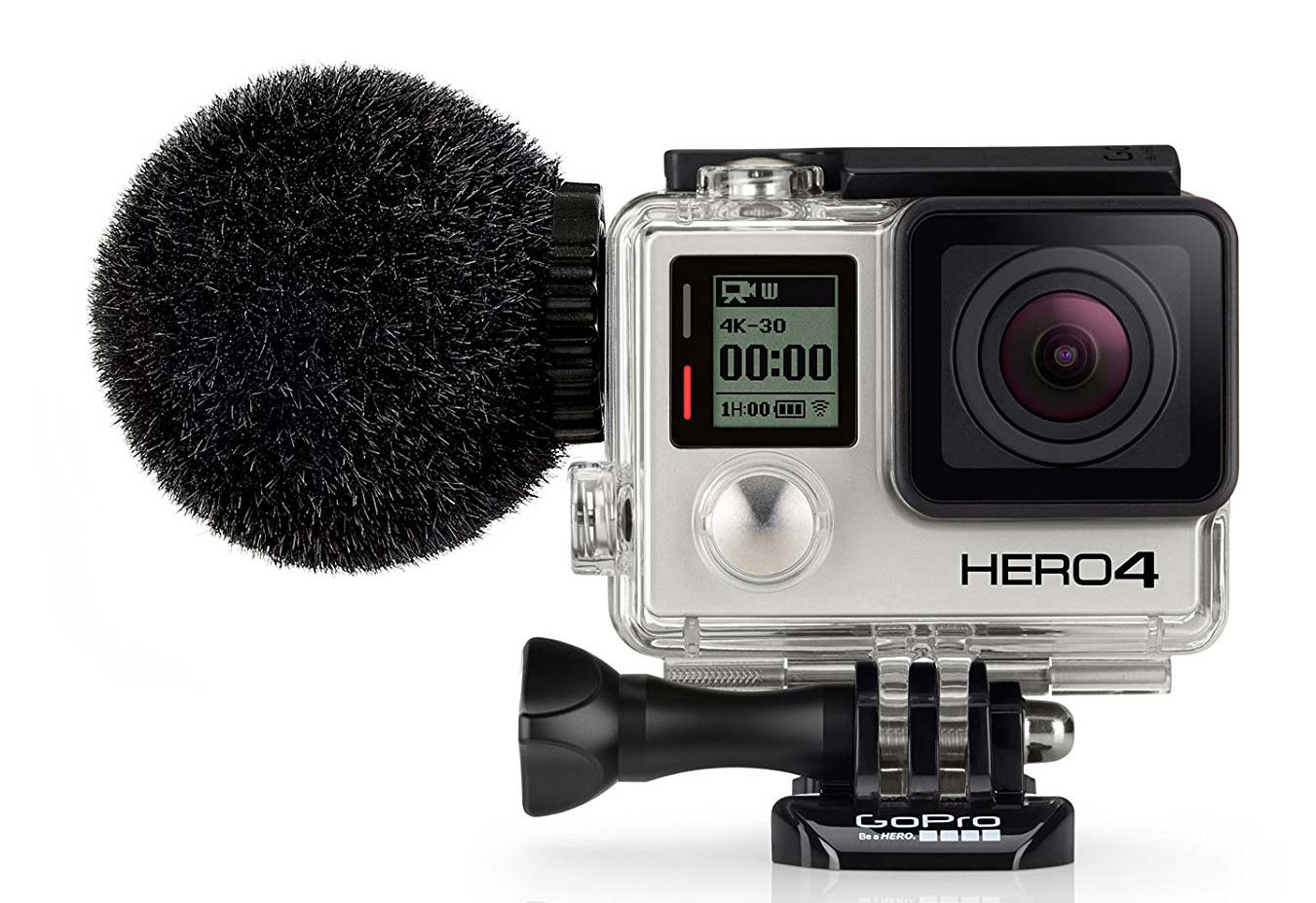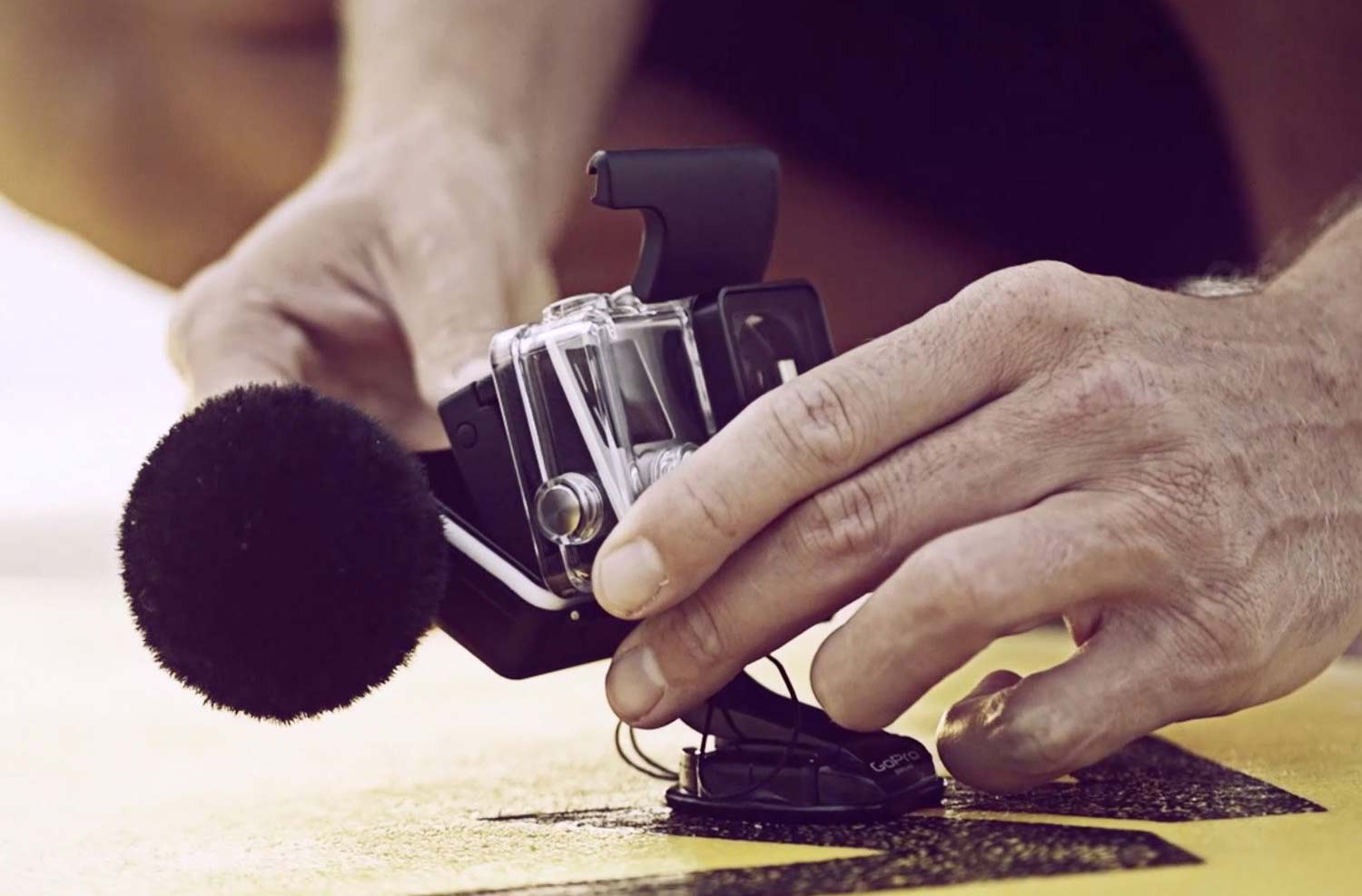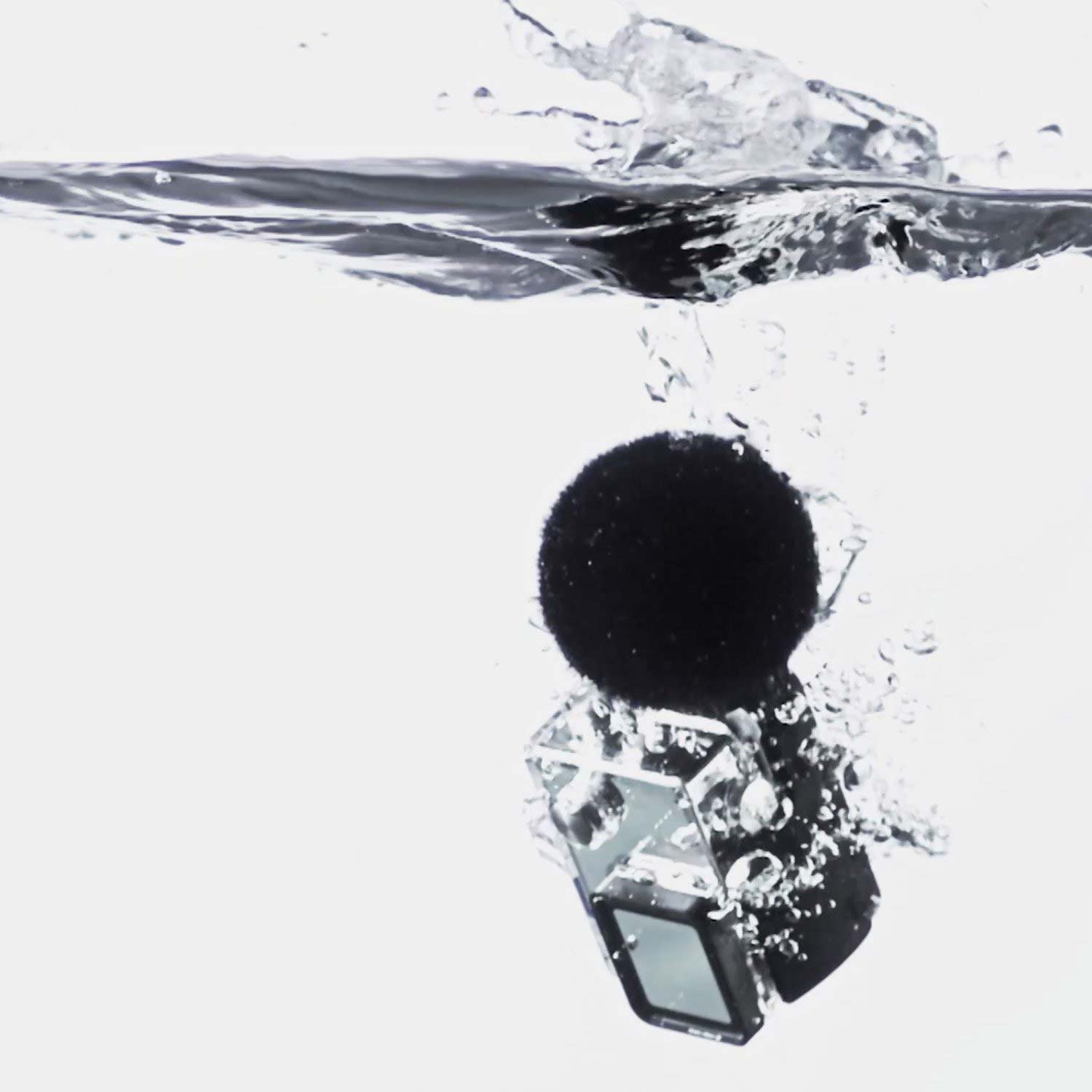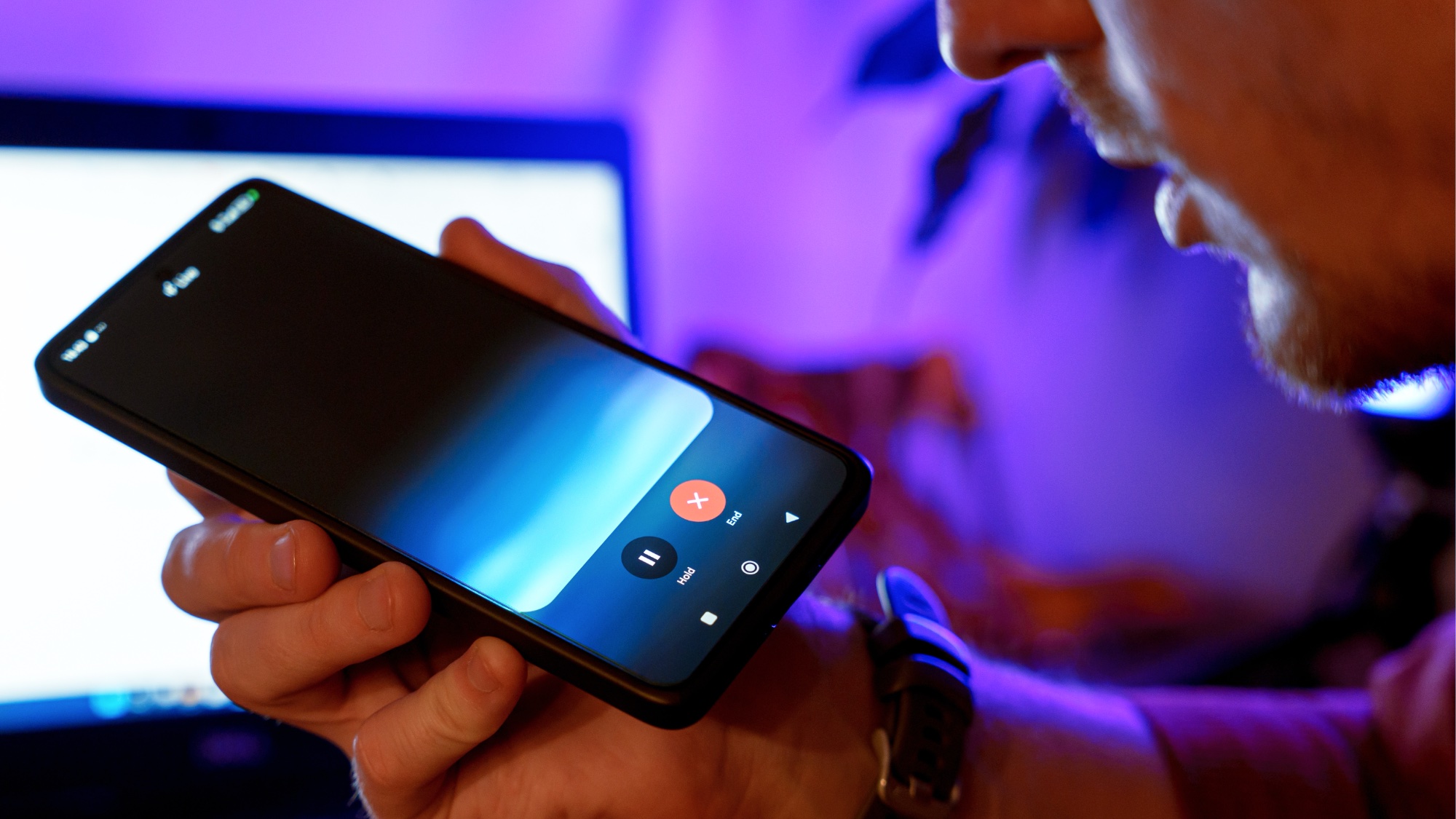Tom's Guide Verdict
The Sennheiser MKE 2 Elements is a handy, but pricey, GoPro accessory that makes audio sound significantly better.
Pros
- +
Eliminates wind noise
- +
Picks up conversations clearly
- +
Water resistant
Cons
- -
Only works with Hero4 cameras
- -
Expensive
- -
Flimsy connector
Why you can trust Tom's Guide
GoPros can capture great video, but they’re horrible when it comes to audio. As soon as you start moving, wind noise will quickly drown out anything else. Sennheiser’s MKE 2 Elements microphone puts an end to all that. This pricey water-resistant accessory plugs right into your GoPro Hero4, and not only gets rid of wind noise, but captures your voice very well, too.
Design
First, a bit of bad news: The Sennheiser MKE 2 Elements only works with the GoPro Hero4 camera line, so if you have an older (or newer) camera, you’ll be left out in the cold.

The Sennheiser MKE 2 Elements assembly consists of the microphone and a rear panel that connects to the GoPro’s waterproof case. While it won’t add much to the overall weight, the MKE 2’s windshield is large, about as wide as the GoPro itself.
In order to use the microphone, you must first pop off the back door that comes with the Hero4 case, and attach the MKE 2. Inside the rear door is a delicate cable connected to a small circuit board, which plugs into the Hero4’s mini USB port. Be careful, because the connector assembly felt flimsy, and there’s no way to replace it if it gets damaged.

The rear of the circuit board has a small plastic tab; this made it easy to pull the circuit board from the Hero4, but the tab would occasionally get caught between the two halves of the case when I locked it shut. This, then, compromised the waterproof seal of the case.
The MKE 2’s case is large enough to accommodate a Hero4 with an extended battery -- a nice touch. It’s also water-resistant, able to be submerged in up to 1 meter of water for 30 minutes.
The microphone itself has a large, puffy windshield that can be unscrewed for cleaning.

Performance
I took a GoPro Hero4 for a bike ride along the windy waterfront in Liberty State Park, New Jersey. I first rode up and down the walk (one going with the wind, one against the wind) with the GoPro inside its case, but disconnected from the MKE 2. During each run, I also spoke in a conversational voice, with the camera about 12 inches from my face. I then repeated the rides, this time with the MKE 2 connected to the camera.
The difference couldn’t have been starker. Without the microphone attached, the Hero4’s audio was barely audible. While the case largely eliminated wind noise, it also eliminated everything else, too. I could barely hear my own voice — it sounded faint and distant.
MORE: Which GoPro Is Right For You?
With the MKE 2 attached, there was a faint amount of wind noise, but my voice could now clearly be heard. It was almost as if I was wearing a microphone on my shirt. It also captured more ambient noise, such as conversations from people I passed on my bicycle. Considering how stiff the breeze was — between 7 and 14 miles per hour, according to Weather Underground — I was more than surprised with how well it worked.
Bottom Line
If you’re interested in getting great audio to go along with your action-cam videos, then you definitely need to check out the Sennheiser MKE 2 Elements. While there are plenty of other microphones for the GoPro — the majority of which are less expensive than the $199 MKE 2 — they don’t offer the waterproof protection that comes with Sennheiser’s accessory.
Credit: Sennheiser

Michael A. Prospero is the U.S. Editor-in-Chief for Tom’s Guide. He oversees all evergreen content and oversees the Homes, Smart Home, and Fitness/Wearables categories for the site. In his spare time, he also tests out the latest drones, electric scooters, and smart home gadgets, such as video doorbells. Before his tenure at Tom's Guide, he was the Reviews Editor for Laptop Magazine, a reporter at Fast Company, the Times of Trenton, and, many eons back, an intern at George magazine. He received his undergraduate degree from Boston College, where he worked on the campus newspaper The Heights, and then attended the Columbia University school of Journalism. When he’s not testing out the latest running watch, electric scooter, or skiing or training for a marathon, he’s probably using the latest sous vide machine, smoker, or pizza oven, to the delight — or chagrin — of his family.
